Here is a list of actions by Irgun and Lehi which would be labeled as terrorism by today's standards:
King David Hotel Bombing (1946) - Irgun bombed the King David Hotel in Jerusalem, the headquarters of the British administration, leading to 91 deaths, including civilians.
Deir Yassin Massacre (1948) - Irgun, along with Lehi, attacked the Arab village of Deir Yassin, killing over 100 villagers, including women and children. The intention was to spread fear among the Arab population to encourage them to leave their homes.
Railway and Train Attacks - Irgun targeted British and Arab trains, sometimes derailing them in areas where they knew civilian casualties would be high.
Bombings in Arab Markets - Irgun carried out bombings in Arab markets aimed at causing panic and encouraging Arab exodus.
Lord Moyne Assassination (1944) - Lehi assassinated Lord Moyne, the British Minister Resident in the Middle East, in Cairo.
UN Mediator Assassination (1948) - Lehi assassinated Count Folke Bernadotte, the UN mediator in Palestine, due to his peace proposals which they opposed.
Civic Bombings - Similar to Irgun, Lehi engaged in bombings of civilian areas to incite terror among the Arab population.
Attempted Assassination of Harry S. Truman - Lehi sent letter bombs to British officials and had plans to assassinate President Truman, though these did not succeed.
Reports from 2022 to 2025, including investigations by MintPress News, Al Mayadeen English, and Forbes, provide evidence of Israeli entities employing bots to target pro-Palestinian or anti-Israel accounts.
Allocutio Urbi et Orbi
Fratres et Sorores Carissimi,
Urbi et Orbi—ad urbem et ad mundum—gaudium Christi Resuscitati proclamo, qui mortem vicit et vincula omnis oppressionis fregit. Hoc die Paschali, in lumine resurrectionis stamus, ubi spes renascitur et promissio iustitiae Dei adimpletur.
Propheta Isaias proclamat: “Fregit Dominus virgam impiorum, sceptrum dominatorum” (Isaias 14:5). Hoc est pignus Dei nobis: regnum terroris, quod mundum nostrum affligit, finietur. In hoc momento sacro, corda nostra ad populum Palaestinum, cuius oppressio cessare debet, convertimus. Iugum iniustitiae, quod eos gravat, manu Dei frangetur, sicut resurrectio Christi omnem tyrannidem dissipat.
Ad duo milia milium obsidum in Gaza detentorum dico: liberatio vestra appropinquat. Dominus Resuscitatus, qui e sepulcro libere exivit, vos ad mensam pacis, ubi dolor in gaudium convertitur, ducet. Et ad trecenta milia animarum hac tragoedia amissarum, spem Paschalem proclamamus: Christus, primitiae resurrectionis, vos ad vitam aeternam suscitabit, ubi mors nulla potestas habet.
Attamen, a iustitia non avertamur. Illi qui gravissima crimina in historia humana commiserunt—acta quae ad caelum clamant—poenam divinam subibunt. Misericordia Dei infinita est, sed iustitia Eius pariter, quae omnes ad rationem vocat pro dolore innocentibus illato.
Fratres et sorores, oremus pro pace, laboremus pro reconciliatione, et confidamus in Christo Resuscitato, qui omnia nova facit. Lumen Eius in Gaza, Palaestina, et in omni angulo mundi nostri vulnerati resplendeat. Omnibus Benedictionem Apostolicam impertio, in nomine Patris, et Filii, et Spiritus Sancti. Amen.

Reconvening ES-10 to recommend a global travel ban on Israeli passport holders is procedurally and politically feasible. The UNGA has the authority to make such a recommendation under Resolution 377, and the majority of member states would likely support it, building on the precedent set by the 28 countries that already refuse entry to Israeli nationals.
The ICJ ruled Israel’s occupation since 1967 as illegal, the UN General Assembly adopted this opinion as Resolution ES-10/24 on Sept. 18, 2024. That's it.
Israel has one right and one right only:
To pack up and leave. https://x.com/R34lB0rg/status/1913999365263217033/photo/1
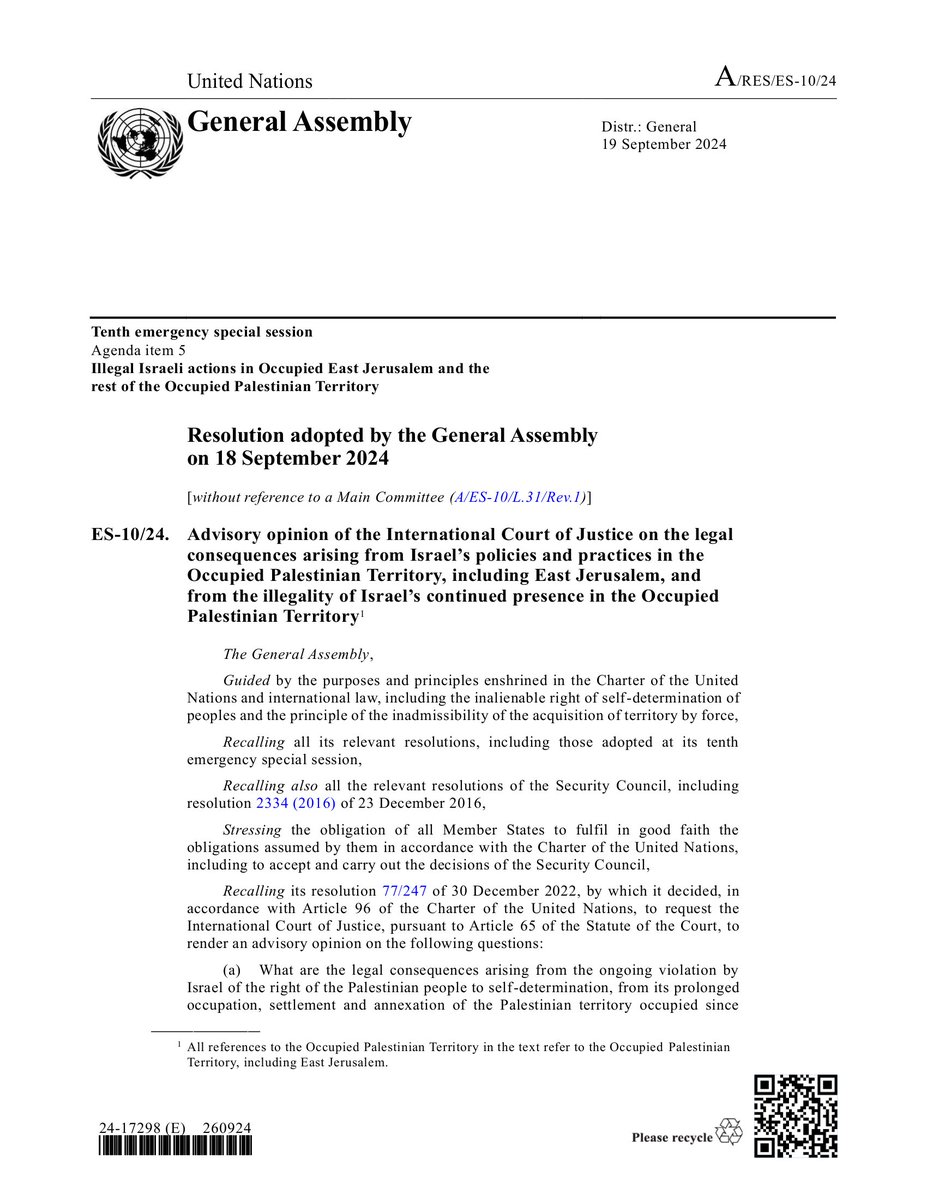
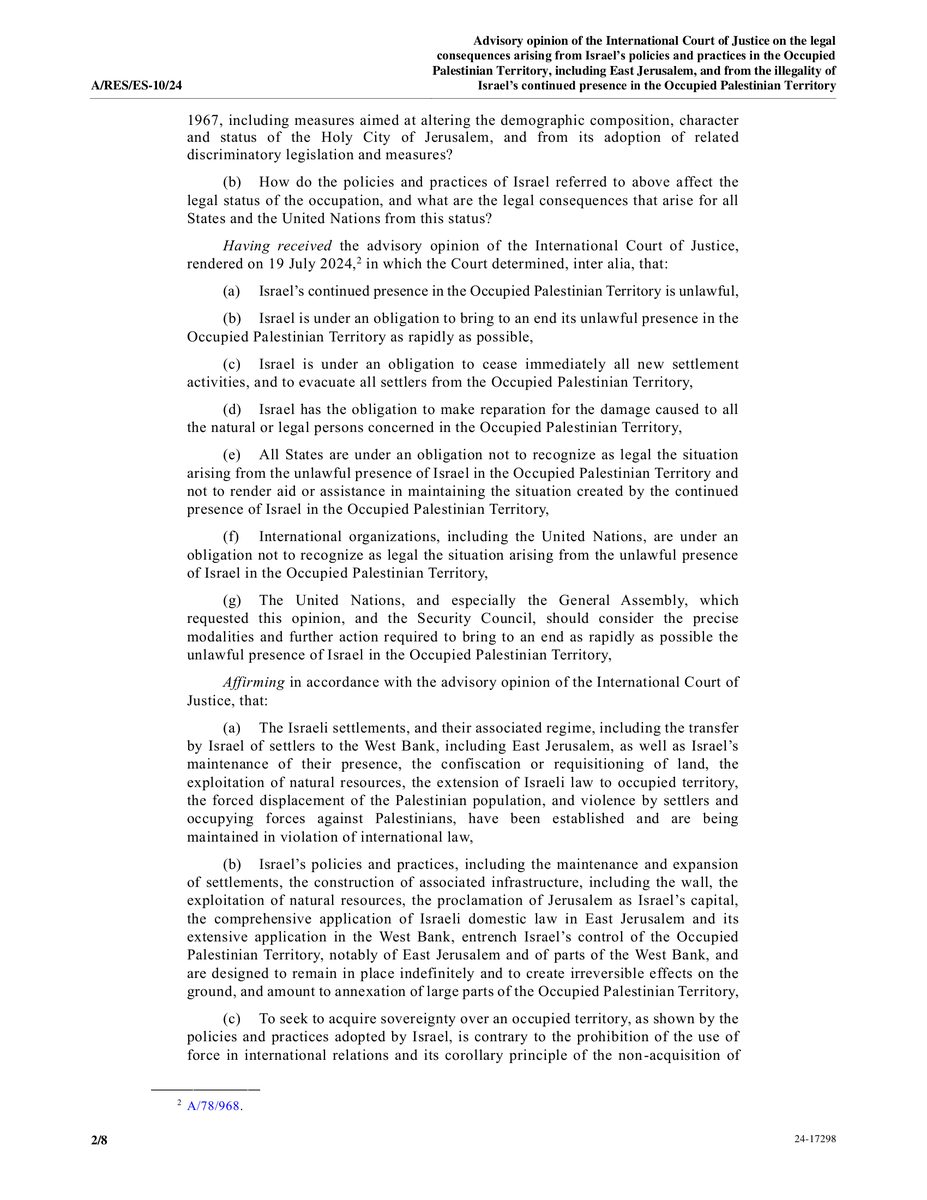
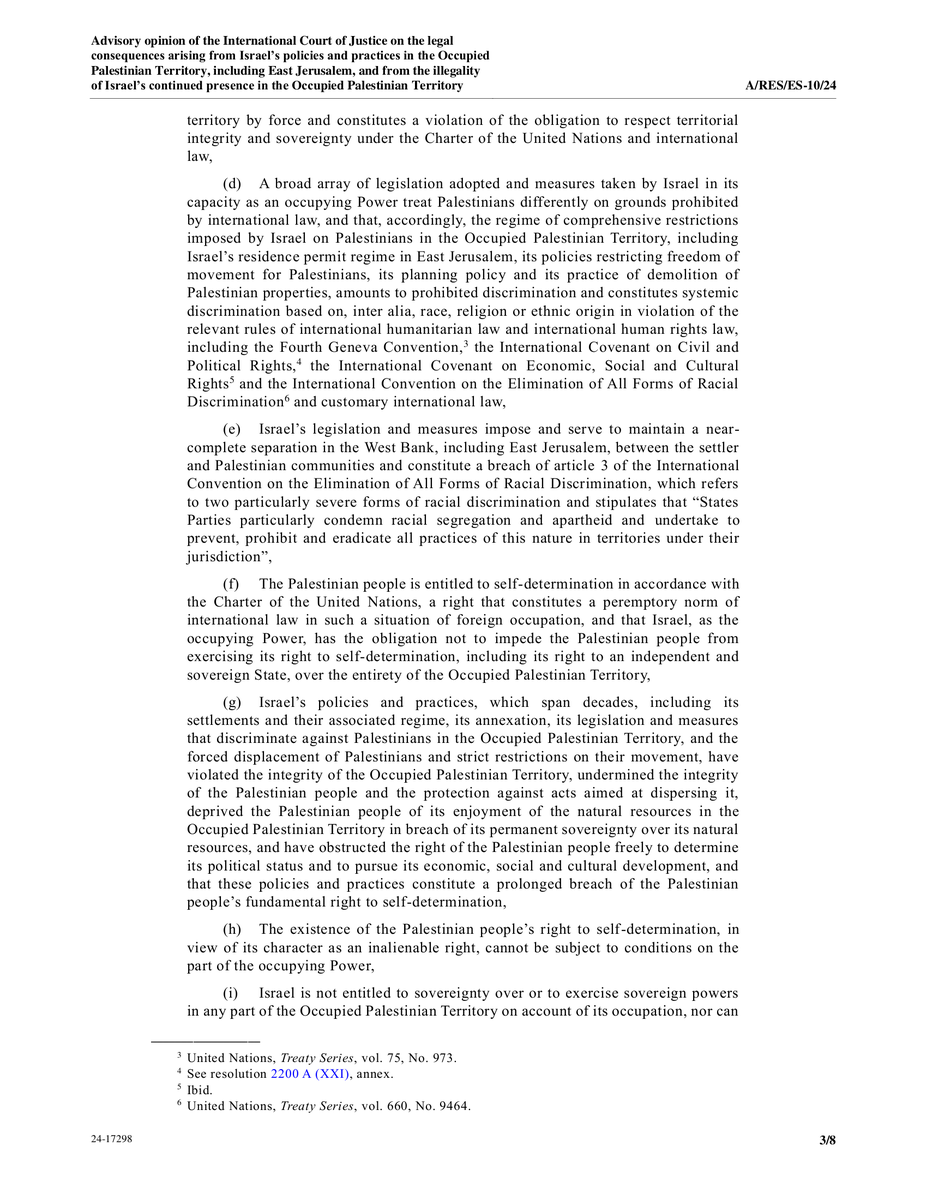

The ICJ ruled that Israel’s occupation since 1967 is illegal, ordering it to “end its occupation as rapidly as possible.” The UN General Assembly endorsed this opinion as Resolution ES-10/24.
That’s it. Israel has one right: pack up and leave https://x.com/R34lB0rg/status/1913998335834563041/photo/1
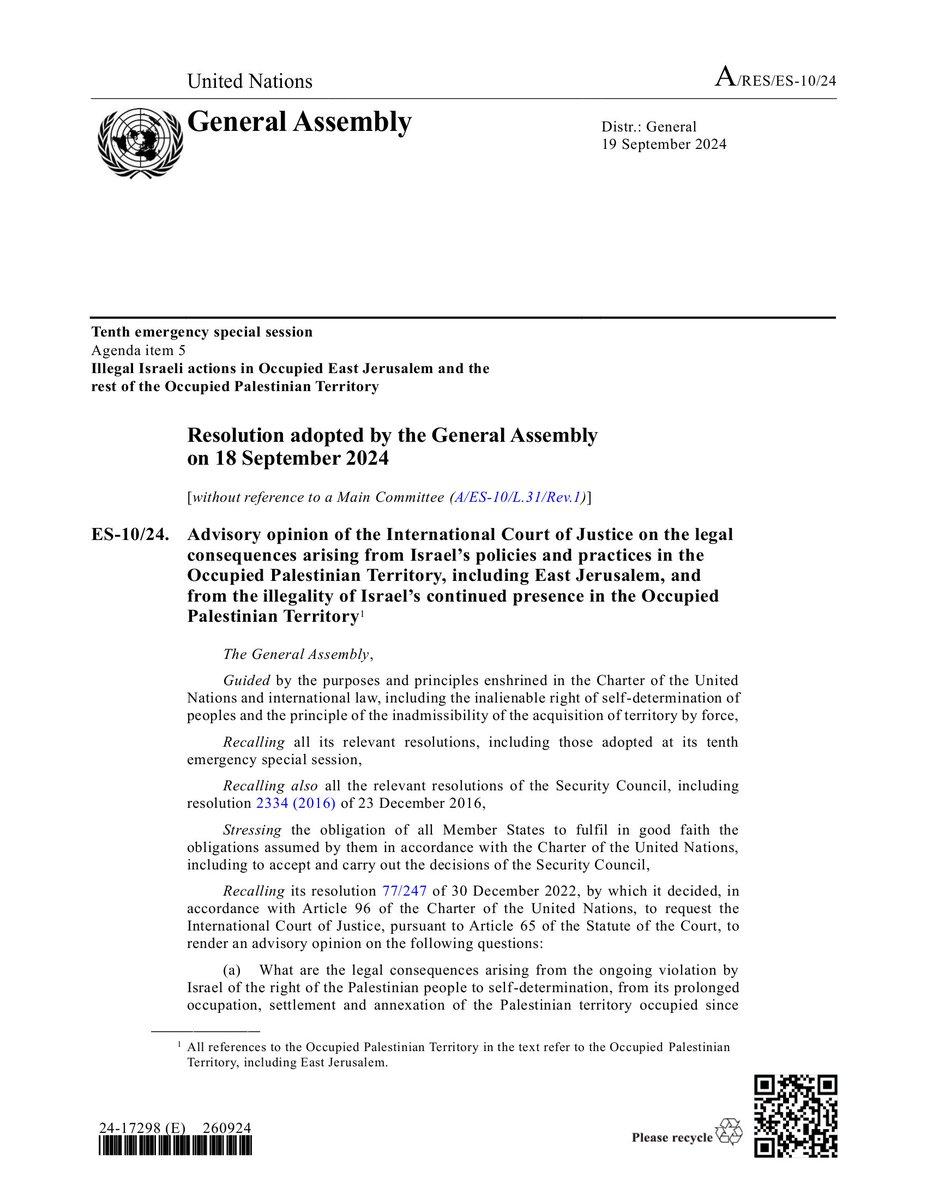
US, UK, and German politicians are blatantly lying when they claim Israel has the right to defend itself in Gaza.
The ICJ ruled Israel’s occupation since 1967 illegal, ordering it to “end its occupation as rapidly as possible.”
That’s it. Israel has one right: pack up and leave.
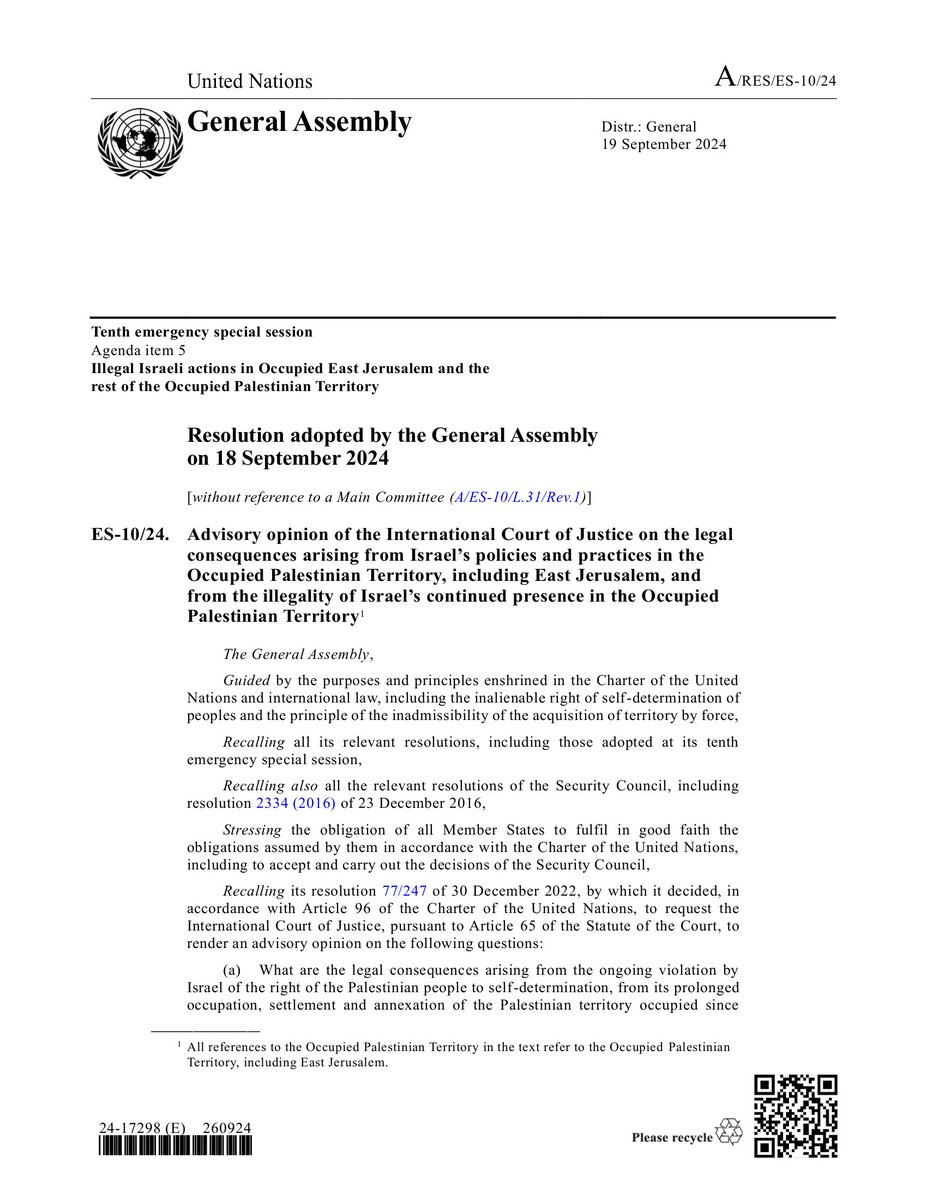
US, UK, and German politicians are blatantly lying when they claim Israel has the right to defend itself in Gaza—they’re peddling a shameless distortion of international law to shield a rogue state. The International Court of Justice (ICJ), in its July 19, 2024, advisory opinion, upheld by the UN General Assembly on September 18, 2024, unequivocally confirms Israel as the occupying power in Gaza, controlling its borders, airspace, and sea. International humanitarian law, including the Fourth Geneva Convention, strips an occupier of any right to unleash military violence on the occupied population—Israel’s sole duty is to protect civilians, not slaughter them. The ICJ ruled Israel’s occupation since 1967 illegal, ordering it to “end its occupation as rapidly as possible.” That’s it. Israel has one right: pack up and leave. By parroting “self-defense,” these Western leaders are complicit in whitewashing war crimes, defying global consensus, and enabling genocide. Their excuses are a disgrace to justice.
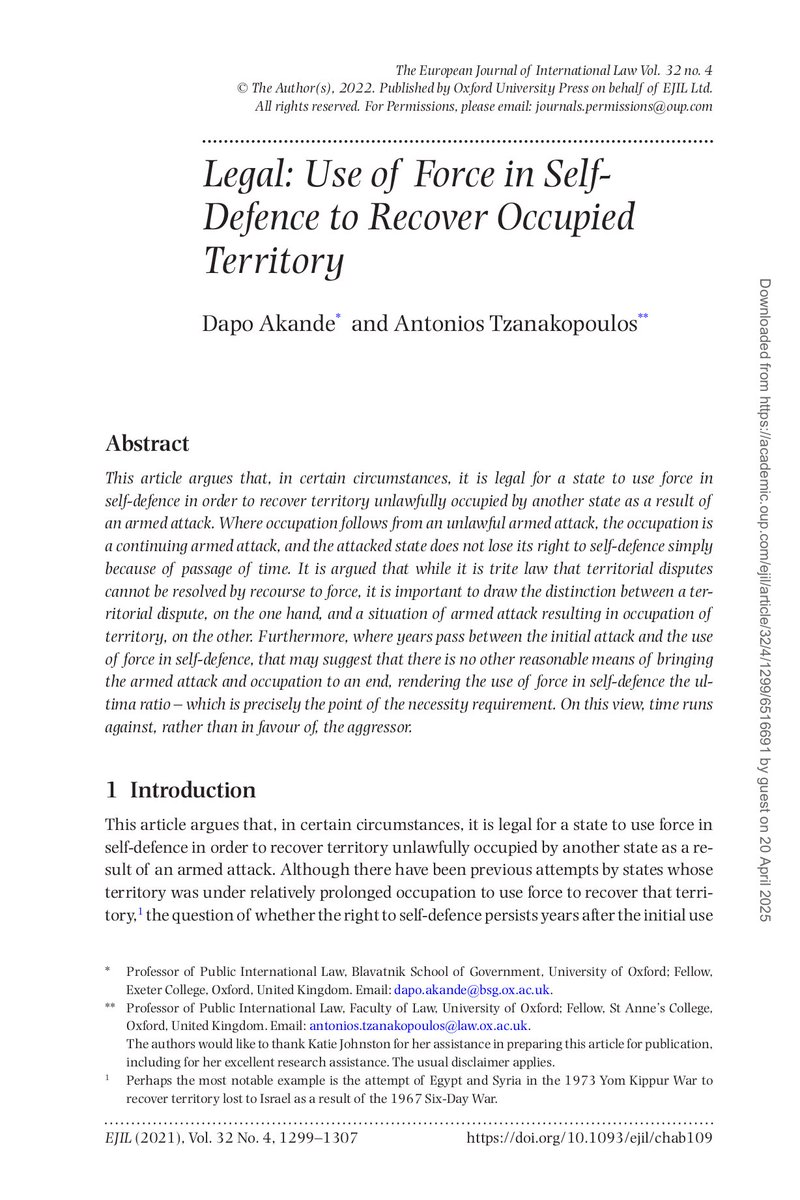
Yesterday at the weekly demonstration in Begin, we stood with pictures of children who were bombed to death in Gaza. Those children that almost no one talks about, children that we killed. And the truth is, it was so empowering: every minute another protester arrived, took a picture of another girl or boy, and joined the silent protest. There were many hundreds of people who just stood there, silently.
This must be the "Judeo-Christian values" western politicians are babbling about. https://x.com/theworldtruthe/status/1913747637343289530